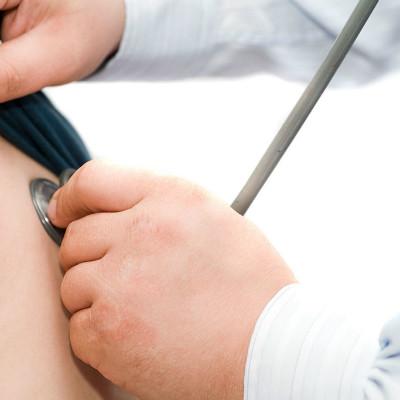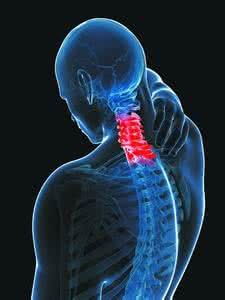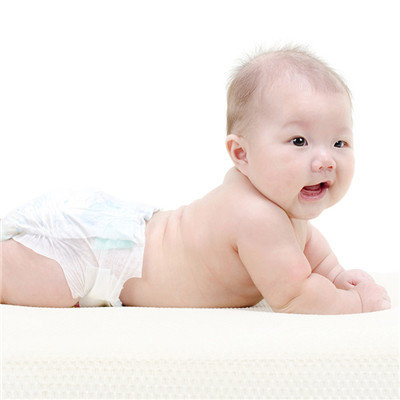Hydrocele symptoms
summary
Hydrocele of testicular tunica vaginalis refers to excessive fluid between two layers of testicular tunica vaginalis. The majority of hydrocele have no obvious cause, which is called primary hydrocele. Its occurrence and development are relatively slow. The patient is asymptomatic. Secondary hydrocele is caused by scrotal trauma, inflammation or tumor of testis and epididymis, and filariasis. It often has the symptoms of primary lesion. Symptoms and treatment of hydrocele? Let's talk about it
Hydrocele symptoms
All kinds of hydrocele were positive in light transmission test. There is a kind of testicular hydrocele, because of a long time, the tunica vaginalis wall is very thick. Light transmission test can be negative (opaque). The diagnosis of hydrocele is uncertain. As long as the time is long, the wall of hydrocele is very thick. Light transmission test can be negative (opaque). If the possibility of hernia can be ruled out, experimental puncture can be performed. The liquid extracted from the hydrocele was light yellow transparent liquid.

One side of the scrotum gradually increased painless mass, touch smooth, cystic, light transmission test positive, can be diagnosed. But if accompanied by inflammation, bleeding, etc., light transmission test can be negative.

Scrotal mass. When there is less effusion, there is no discomfort. With the increase of fluid in the sac, you can feel the sense of spermatic cord traction or dull pain, such as the huge amount of testicular hydrocele, penile retraction into the foreskin, dysuria, walking inconvenience, etc. In children with communicating hydrocele, the mass disappeared completely after lying on the back, and appeared slowly after standing.

matters needing attention
Celery, radish, spinach, tomato, soybean, mushroom, garlic, fruit and bean products and other food can eat more. Patients should pay attention to light diet, eat less spicy, fried food, eat more fresh vegetables, fruits, drink more water;














